TCFFI trains aquaculture facility owners, operators and designers

Practical, effective training is critical and often hard to come by for owners, operators and even designers of large land-based closed-containment facilities that use water recirculating aquaculture systems (RAS). In fact, as large salmon farming companies are now investing heavily into increased RAS production of smolts and post-smolts across northern Europe and North America, there is arguably a shortage of trained farm operators and managers to run these systems.
These relatively recent RAS investments are focused on increasing total numbers of Atlantic salmon smolts produced, as well as on producing post-smolts that are as large as 500 to 1,000 grams (g) in size. In addition, there is increasing commercial investment toward producing market-size Atlantic salmon and steelhead through RAS in these same regions. Many of the state, federal and tribal programs in North America are also adopting water recirculation technologies to improve their production to enhance or restore fish populations.

It is also relevant to mention that fish farms are contending with increasingly stringent pollution discharge regulations and diseases in open systems, whether these are open flow-through systems or floating tank systems. In contrast, closed containment RAS operations provide a controlled environment for fish production that, when managed properly by proficient operators, can reduce or eliminate many of these constraints.
RAS training
To provide training in RAS, since 2007 The Conservation Fund’s Freshwater Institute has taught 12 four-day courses across North America. Prior to 2007, our engineers and scientists had worked with Dr. Michael Timmons (Cornell University, Ithaca, NY USA) for over a decade to teach an earlier version of the current RAS course: at Cornell University from 1995 to 2000 and at The Freshwater Institute or a specific regional location from 2001 through 2006. The Cornell course is still offered approximately annually in the Americas, but is not associated with The Freshwater Institute’s class and now has substantially different content. Dr. Tom Losordo and his team at Pentair also offer a class on recirculating aquaculture systems, which is typically taught in North America once or twice annually.

Most recent course
On June 27-30, 47 students participated in the most recent Freshwater Institute course ‘Recirculating Aquaculture Systems – Water Reuse for Intensive Fish Culture’ at Painters Lodge in Campbell River, British Columbia. This was the third time that the course has been taught in British Columbia since 2008 – the most in any one region outside of the Freshwater Institute’s home base in Shepherdstown, West Virginia, USA.
British Columbia was targeted this year in order to reach the salmon and trout producers in the Pacific Northwest that are operating RAS facilities for managing salmonid broodstocks and/or producing smolt, post-smolt, and even market-size salmon, steelhead and Arctic char. In addition, the location offered the course attendees a great opportunity to visit and tour the Kuterra land-raised Atlantic salmon growout facility near Port McNeill.
Students representing many facilities and organizations

Many of the students were from Marine Harvest Canada, Cermaq and Grieg – all in British Columbia – but others came from Northern Harvest on Canada’s eastern coast. We also had participants representing three different farms growing market-size salmon in land-based RAS, plus students from Canada’s Department of Fisheries and Oceans and two provincial natural resource programs. The students represented organizations that currently operate approximately 18 RAS facilities. Many of them noted plans for further RAS expansions. These numbers are exciting because they are indicative of the much larger role that RAS are now playing in salmonid production in both commercial and publicly owned facilities.
Instructors and topics
The lead instructors of the course included The Conservation Fund’s Brian Vinci, Steven Summerfelt, and Christopher Good. Guest lectures included Travis May, aquaculture production manager at The Freshwater Institute, who spoke about RAS operation, maintenance and emergency response, as well as Charles (Chuck) Blumenschein, technical director of industrial projects at Veolia Water Technologies, who presented on moving bed biofiltration.
Other course topics included: an overview of water reuse for intensive fish culture; RAS water quality and water supply; mass balances and loading/growth; carrying capacity, water quality and treatment efficiency; culture tank design and management; fish harvest technologies; solids control; solids dewatering; biofiltration/nitrification overview; fluidized sand biofilter design and management; moving bed biofilter design and management; fish health and biosecurity; ozonation and UV disinfection; RAS operation, maintenance and emergency response; and design examples for full and partial RAS.
Visit to a commercial RAS facility
As part of the course, the class took a tour of Kuterra LLC near Port McNeill, BC, led by Cathal Dinneen and Josephine Mrozewski. According to Cathal, Kuterra has now increased production to almost 500 MT/year of market-size salmon. He showed the quarantine and growout systems, as well as their new finishing/purging facilities, which included two new 100 cubic-meter circular purging tanks. The tour offered a great teaching opportunity to compliment the classroom content of the course. During the tour, the class rode past and could see from the road some of the two Marine Harvest Canada hatcheries that are both expanding with new RAS production systems for Atlantic salmon smolt; both of these facilities have been using RAS to produce salmon smolt for approximately 10 to 15 years.
Many of the participants – largely fish culture and health specialists – were either already operating RAS, currently building RAS, or were hoping to add RAS capacity in the next few years. The students had an impressive range of questions and individual interests. A few example questions included: can full-flow ozonation followed by UV irradiation reduce Saprolegnia spp. on Atlantic salmon parr and smolt? How much oxygen supersaturation is harmful to fish? How do you control ozone dosage in RAS? What are the advantages and disadvantages of certain oxygenation and carbon dioxide stripping technologies? What are the biggest reasons why some commercial RAS have failed?

Perspectives
The overall interaction between the students and instructors provided us with feedback on what is currently working and not working in RAS, and highlighted everyday challenges and potential opportunities in RAS. These conversations have helped those attending solve problems and improve RAS management, and have helped us identify and prioritize future focus areas for research and development at The Freshwater Institute.
For more information regarding the course and future events please visit The Freshwater Institute.
Now that you've reached the end of the article ...
… please consider supporting GSA’s mission to advance responsible seafood practices through education, advocacy and third-party assurances. The Advocate aims to document the evolution of responsible seafood practices and share the expansive knowledge of our vast network of contributors.
By becoming a Global Seafood Alliance member, you’re ensuring that all of the pre-competitive work we do through member benefits, resources and events can continue. Individual membership costs just $50 a year.
Not a GSA member? Join us.
Authors
-
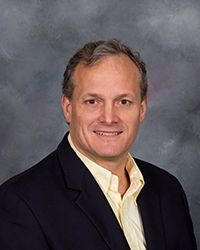
Steven Summerfelt, Ph.D., P.E.
Director of Aquaculture Systems Research
The Conservation Fund Freshwater Institute
1098 Turner Road
Shepherdstown, WV 25443 USA -
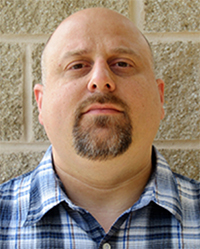
Brian Vinci, Ph.D., P.E.
Director of Engineering
The Conservation Fund Freshwater Institute
1098 Turner Road
Shepherdstown, WV 25443 USA -
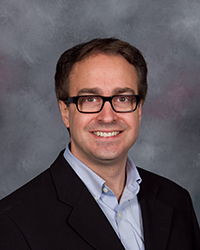
Christopher Good, Ph.D., D.V.M.
Director of Aquatic Veterinary Research
The Conservation Fund Freshwater Institute
1098 Turner Road
Shepherdstown, WV 25443 USA
Tagged With
Related Posts
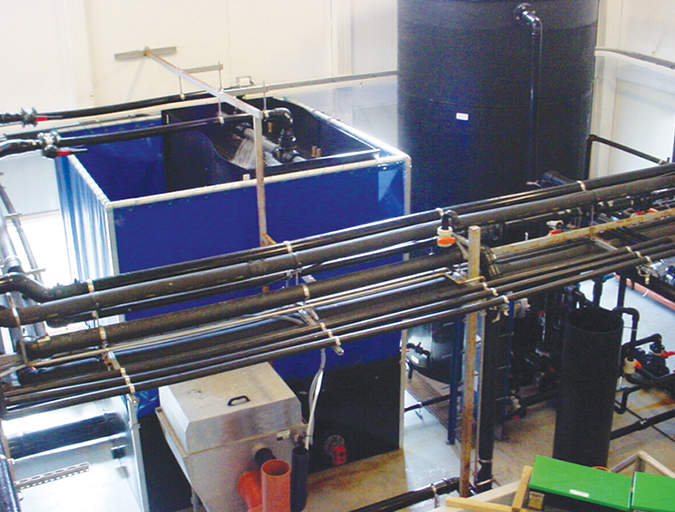
Innovation & Investment
Estimating biofilter size for RAS systems
Controlling total ammonia-nitrogen (TAN) concentrations is the primary concern when sizing a biofilter for use in a recirculating aquaculture system. Sizing decisions are best based on previous experience with a given biofilter media in a specific biofilter configuration.
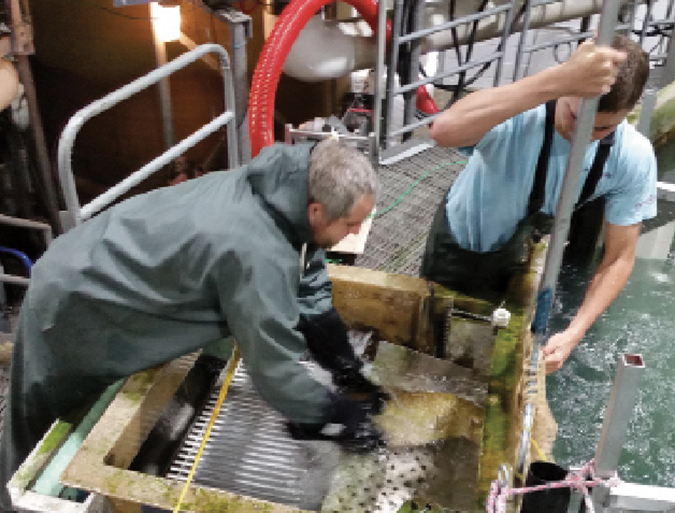
Health & Welfare
Novel air-based system transfers large salmon during harvest
To evaluate the application of an air pressure-based transport method within a recirculating aquaculture system, the authors performed testing with harvest-size salmon at The Conservation Fund Freshwater Institute.
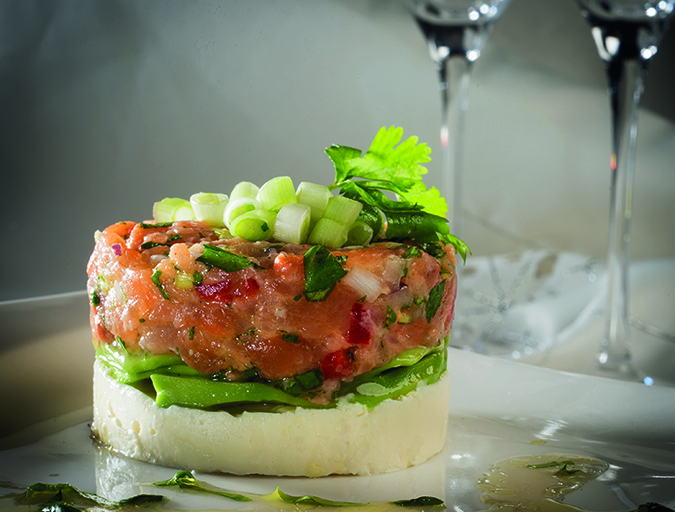
Innovation & Investment
Matorka aims to unearth innovation with Arctic charr
A new and ambitious Iceland company is about to construct what it claims will be the world’s largest land-based salmonid farm. What sets Matorka’s Arctic char farm apart is its ability to tap into natural resources unique to the island nation.
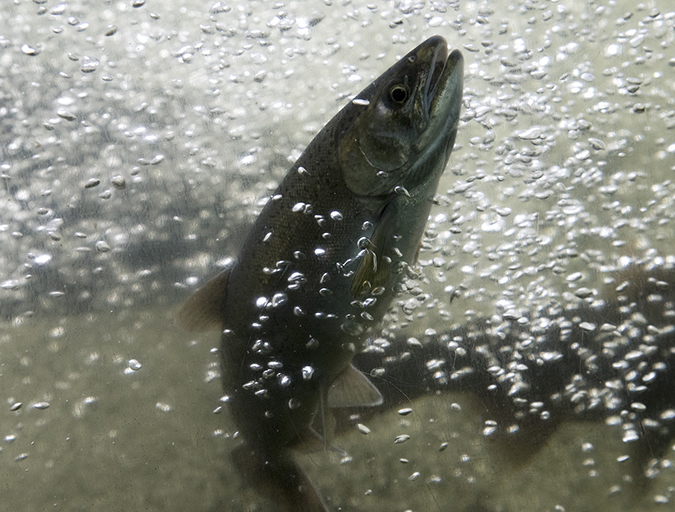
Intelligence
U.S. organic aquaculture standards inch along
Could the labyrinthine U.S. government approval process be nearing an end? Or could organic seafood encounter more delays? Both scenarios seem possible, considering the political opposition and the slight bending of organic principles that would be necessary.


